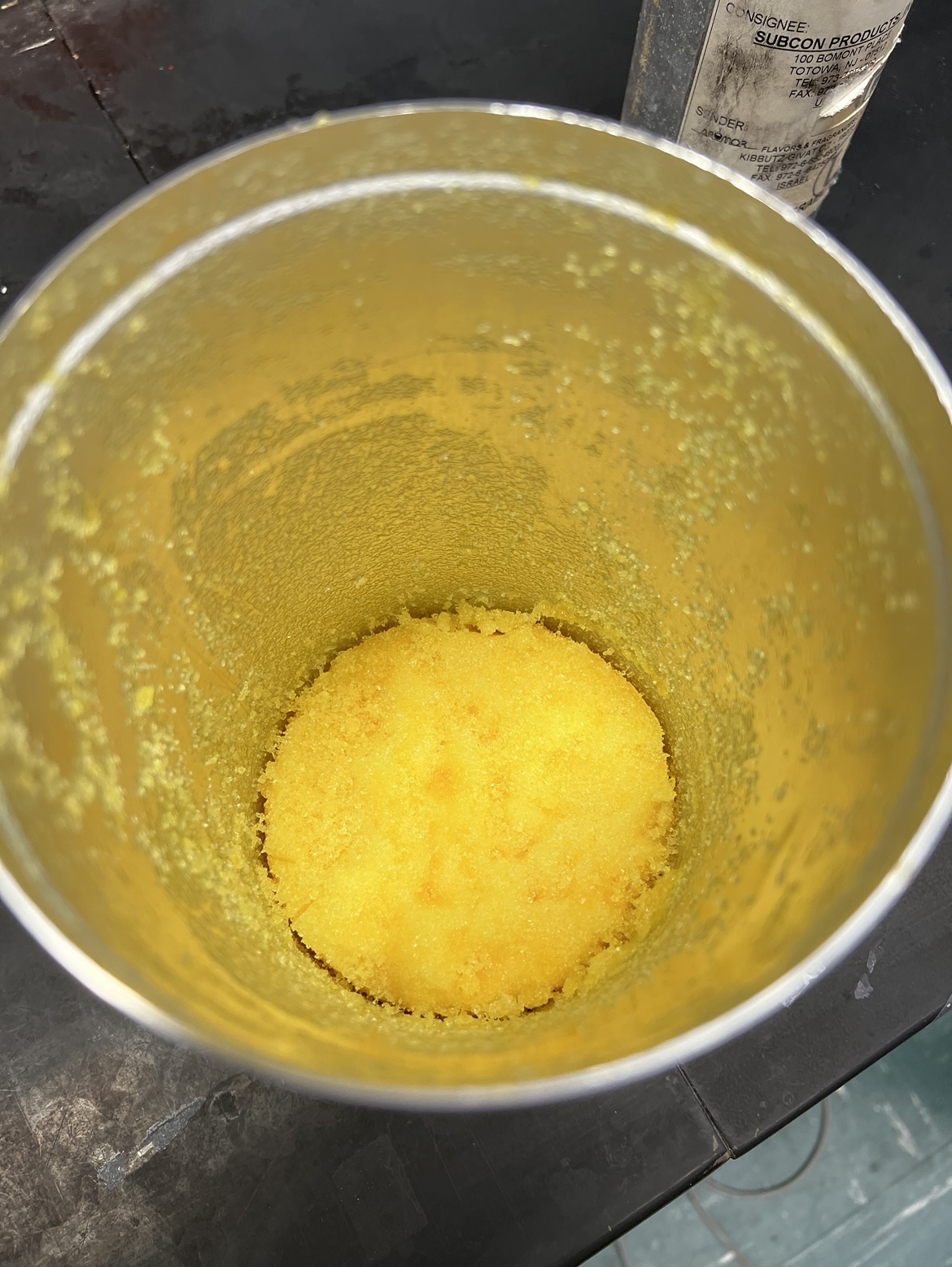Researchers Creating More Powerful Repellent for Blood-Sucking Insects
April 01, 2024
Three LSU researchers are buckling down as they find a way to stop the spread of West Nile virus, Lyme disease and malaria through a $550,000 National Science Foundation Partnership for Innovation grant. It's the largest NSF PFI grant ever awarded to LSU.
A report by the Centers for Disease Control and Prevention states that there were
more than 2,400 West Nile Virus disease cases in 2023. More than 50 of them were detected in Louisiana. The CDC also reports that
about 476,000 people may be diagnosed with Lyme
disease each year in the United States.

Nootkatone crystal
LSU Department of Biological Sciences Professor Roger Laine, LSU Chemical Engineering
(ChE) Professor Kerry Dooley and LSU ChE Department Chair and Professor Mike Benton
are the folks behind the project as they look to save people’s lives by preventing
bites from
infectious insects. Their research has shown that the Food and Drug Administration-approved
grapefruit flavor compound nootkatone acts as a good insect repellent. It's found
in grapefruit skin and Alaska yellow cedar trees that naturally deter insects. The
CDC also showed it was effective on Deer Ticks, the vector for Lyme’s Disease.
"This is important I'll let you know why, because if you develop a new insect repellent that's a chemical, you have to go through hoops to prove that it doesn't have any short-term toxicity, long-term toxicity, toxicity in children, toxicity in pregnant people," said Laine. "There's a lot of stuff you have to do. But with this GRAS (Generally Regarded as Safe) compound, already added to fruit juices and perfumes, you don't need that."
The product has shown to be effective on ticks, mosquitoes, fire ants, fleas and lice. Laine said a mosquito test showed that nootkatone at 5% in rubbing alcohol was more effective than DEET.
"I tested it on my own kid who got lice in school and we couldn't get rid of them with the commercial shampoos, so I just dabbed some 5% tetrahydronootkatone on his hair one night and the lice were gone the next day," said Laine.
Researchers said the challenge lies in nootkatone's high price tag.
"The only problem is it's sold as a flavor and fragrance so the cost of it is $2,500 a kilogram," said Laine. "Too expensive to put into a hand lotion. It has to be 10 times less than that."
The researcher's goal is to modify an expensive step, scale up the eight-step synthesis of nootkatone and eventually team up with a manufacturing company to mass-produce affordable nootkatone products.